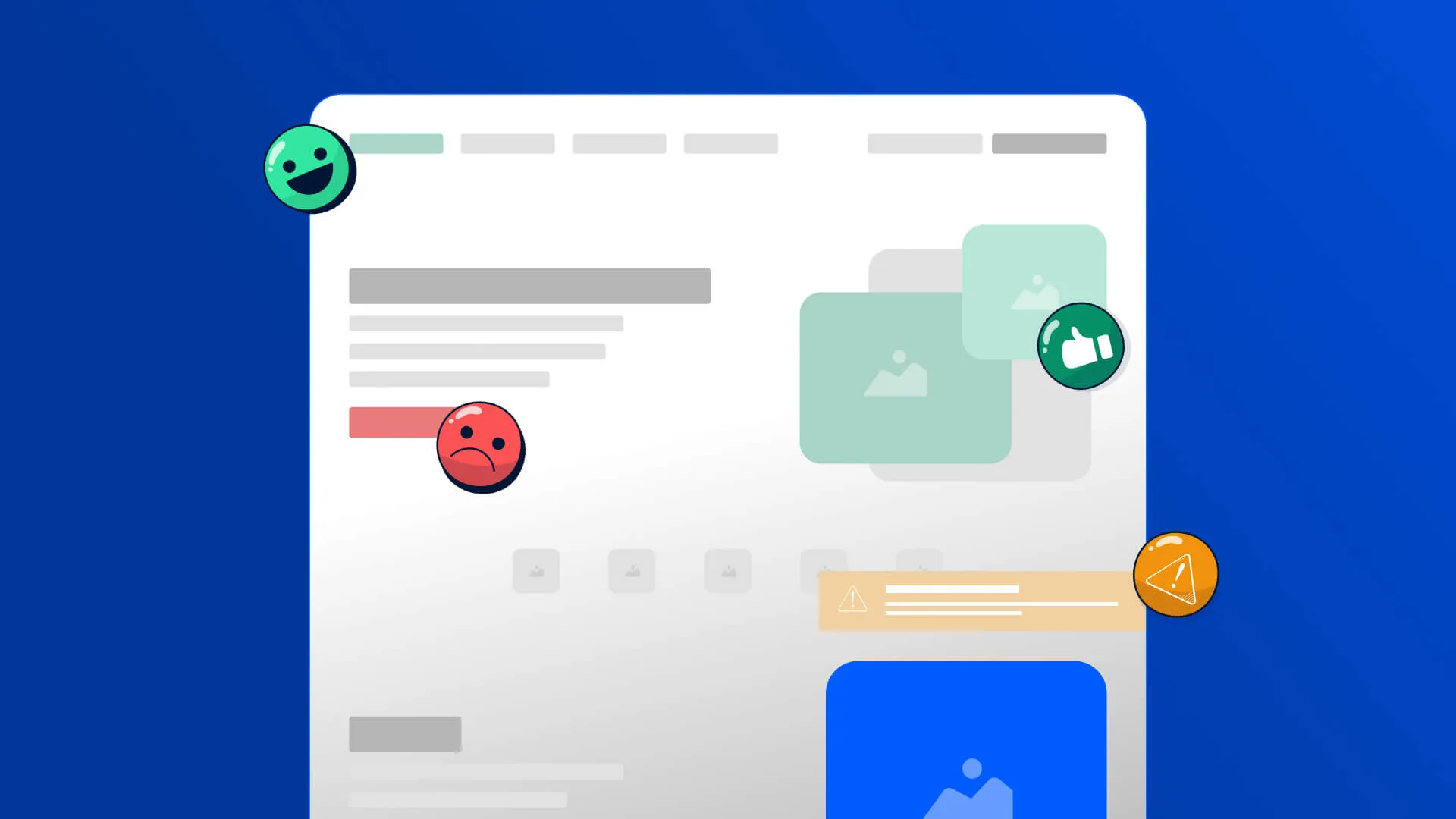More Great reads!

UX Writing / July 10, 2025
by RaviT
UX Writing: Words that Make a Digital Product Speak to the Users
UX Writing/ / 24 Jun, 2025

Table of contents
Visual design lays the groundwork in high-tech UI/UX ecosystems, but UX writing is the narrative compass. UX writing or Microcopy is not a text adornment; rather, it's an important aspect of interaction design, centering itself in information architecture, minimizing cognitive load, and indicating affordances. In this context, words are part of the interface, helping to navigate flows, anticipating system behavior, and infusing brand semantics.
UX writing, also referred to synonymously as content design, microcopy, or product copy, involves the deliberate writing of text in UI elements, form labels, buttons, error states, micro interactions, tooltips, and inline guidance. It's not just for show copywriting: it's interface content that's crafted to support user flows, match mental models, and help with task success.
UX writing, or user experience writing, is not a vocabulary of words, but it's a collection of micro-UI building blocks that provide feedback, direct transitions, and control user expectations at each point along a journey.
A UX writer is accountable for determining the language that supports user interactions across digital interfaces. Integrated within cross-functional product teams, they coordinate with UI/UX designers, product managers, engineers, and researchers to ensure that every word in the interface aligns with the product’s user needs, interaction model, and tone.
Their core responsibilities include:
Beyond writing, UX writers play a strategic role in orienting product language with information architecture, guaranteeing scalability through localization readiness, and strengthening trust through clear, human-centered communication.
In simple words, UX writers are the architects of the interface’s verbal layer, making sure that content is not only usable but also impactful, comprehensive, and reliable across every touchpoint.
UX writers work across a wide range of interface elements and products. Each project type requires a precise know-how of interaction design, user behavior, and content strategy to develop effortless, goal-led experiences.
UX writers curate guidance for first-time users that minimizes friction and supports progressive discovery.
Example:
Purpose: Enable context, promote initial action, and plan the user’s mental model of the product’s navigation.
UX writers develop the tone and clarity of all help text, field labels, and real-time system responses.
Example:
A payment form on a fintech app:
Purpose: Avoid user errors, support recovery, and boost form submission rates through clear, empathetic micro-interactions.
UX writers craft action-oriented and direct CTAs that line up with the user’s current intent or task.
Example:
On a SaaS landing page:
Purpose: Decrease reluctance, convey clarity of outcome, and promote conversion.
Empty states are an often-missed opportunity to please users. UX writers use this space for helpful messaging and recommendations.
Example:
On a newly created email dashboard:
“You haven’t sent any campaigns yet. Click ‘New Campaign’ to get started.”
After deleting a file: “File moved to trash. You can restore it within 30 days.”
Purpose: Emphasize feedback loops and turn blank or error screens into moments of guidance, recommendations, and encouragement.
These micro-UI components provide guidance or status updates without disturbing the user flow.
Example:
Tooltip:
Hovering over a password field: “Use at least 8 characters, with a number and symbol.”
Snackbar: After saving a profile: “Changes saved successfully.”
Purpose: Deliver real-time assistance or feedback inline, especially at decision or friction points.
UX writers define categories, tabs, and menu items in a way that helps navigation and the information trail.
Example:
Purpose: Ensures that the user understands where they are, where they can move, and what to expect, without guessing.
UX principles extend beyond the product UI into automated communications like confirmations, alerts, or reminders.
Example:
Order Confirmation Email:
“Thanks for your order, John! Your items are on the way. Track your shipment below.”
Security Alert Email:
“New login from Chrome on Windows in Mumbai. Not you? Reset your password.”
Purpose: Maintain reliability in tone, strengthen trust, and communicate actions or outcomes related to product application.
UX writers contribute to centralized design systems to sustain uniformity across products and teams.
Example:
Purpose: Enable scalable, dependable copy that blends clean with UI elements and supports accessibility, localization, and reuse.
The Future of UX Writing
As digital experiences become increasingly personalized and product ecosystems increasingly complex, the need for human-centered, considered UX writing increases. Emerging technologies such as AI-powered systems, voice interfaces, and zero-UI interaction will require UX writers to not only write but design language systems that are adaptive across modalities and platforms.
Businesses today realize that a good UX is not just visual but verbal as well. Verbal, when executed well, reduces friction, encourages action, and establishes a rapport on the emotional level.
At TheFinch Design, we believe UX writing is an experience strategy. From governance of design systems to product localization and onboarding microcopy, we work with teams to develop branded content that is scalable, functional, and above all, human.
We will go deeper into UX writing with UI/UX design, including embedded vocabulary, paradigms for writing, and how UX writers work with product teams, in the next entry. Stay tuned.

UX Writing / July 10, 2025
by RaviT
UX Writing: Words that Make a Digital Product Speak to the Users